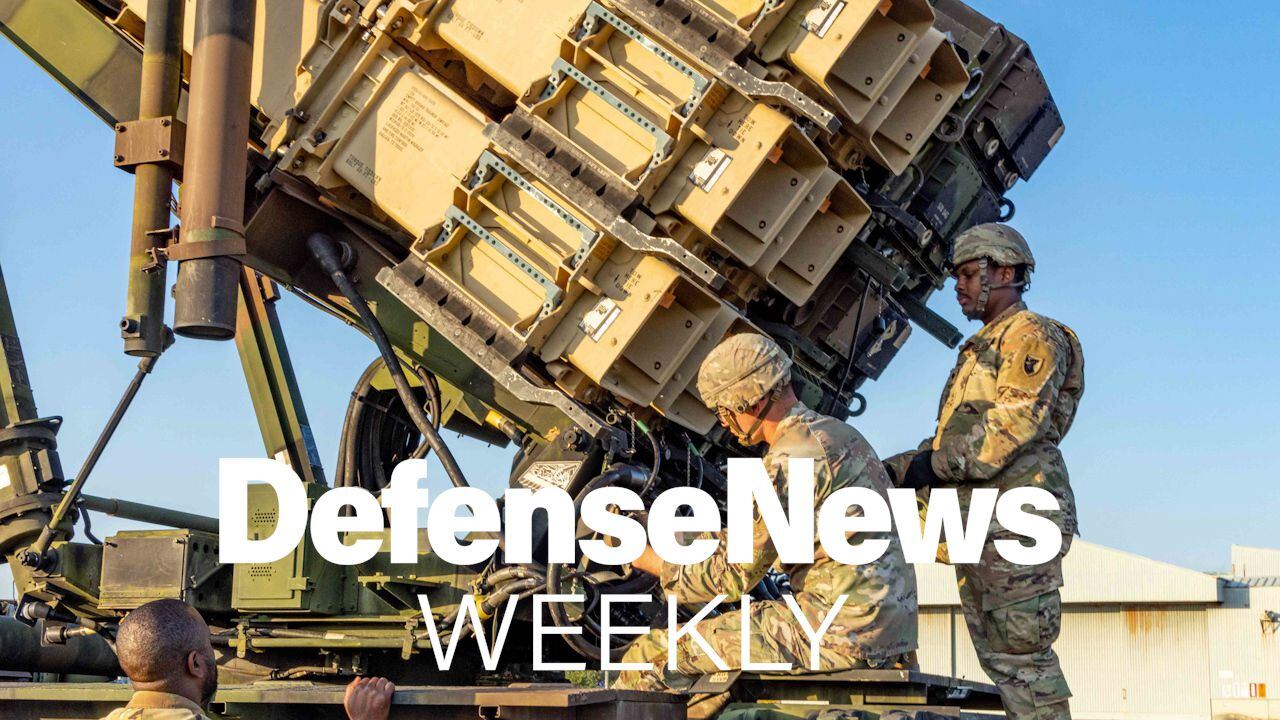A lot of my recent editorials have been about M&A. Which, in and of itself, says a whole lot about the market.
But each individual deal has its own flavor, its own motivations, which make them worth a close look. And the latest one just might be the most notable of all we’ve seen as of late: Harris and L3, merging to create a defense giant with a net revenue of $16 billion.
Harris CEO Bill Brown called it the biggest merger in the history of the defense industry. That is true when you measure it by market capitalization — that is, the value of outstanding shares.
How did each company fare last fiscal year? See the Top 100 list here!
But what’s most interesting about the deal is the road to get here.
First, consider Harris. The company bought Exelis in May 2015 — a deal Brown called transformational at the time. It then shed its commodity businesses: CapRock, which provided bandwidth capacity to both commercial and government customers, and its IT services business, which was by no means small or floundering but brought relatively low margin.
It reorganized into four segments: Communication Systems, Critical Networks, Electronic Systems, and Space and Intelligence Systems. It grew international business. It became a company positioned perfectly for exactly this kind of mega deal. But perhaps that’s easy for me to say now.
It also didn’t do everything perfectly. Harris went from the company known predominantly for tactical radios to a company still predominantly known for tactical radios — despite the fact that it expanded to be much more, with those tactical radios actually fitting perfectly into a multidomain strategy that includes secure communications and ISR, among other priority areas for the Pentagon.
To some who haven’t closely tracked the evolution, Harris is still known for its IT services capabilities — a segment that, as I mentioned, it no longer has. But the shifts have happened rather quietly. Harris has struggled a bit with messaging. Brown is articulate and clearly cerebral — able to articulate business rationale better than most executives I’ve spoken with over the years. Perhaps the company would have benefited by making him more available. Hard to say.
Now consider L3. About two decades ago, it was an amalgamation of businesses divested by Lockheed Martin. There were about 100 acquisitions over 20 years or so. And despite being stood up around when military spending nose-dived, a lot of the businesses were solid performers. The company went public in 1998 and succeeded in gaining traction, even as it remained relatively stovepiped. It too has had some challenges in messaging, in part because the company was so decentralized, in part because (like Harris did for Brown) it kept its executive leadership scarce, in part because it wasn’t a platform manufacturer. L3 develops all sorts of technologies to support naval, air, land and space systems, but it could never hang its hat on a single program or group of programs that identified its position in the broader defense market.
Enter Chris Kubasik as CEO, and a rapid, in-your-face evolution got underway. In less than a year, we’ve seen a restructuring, changes in leadership, acquisitions, divestitures. The culture has shifted. A company that might have been regarded as rather stodgy now has leadership that speaks off the cuff. They move fast.
So in Brown you have quiet confidence. In Kubasik, audacious drive. Together you just might get a happy medium that explains why the whole concept of a merger makes sense.
To me, the sign of smart M&A is when the acts of both companies for years prior seem to have been orchestrated to lead them to the very place where a merger could happen. Now this could not actually be true — not entirely. Obviously, no individual or group of individuals could have the foresight to see, years in the making, a deal that would ultimately result in the seventh largest defense company on the globe. They could aspire for such things, but not even Kubasik and Brown or their predecessors — for all their experience and raw instinct — could have known that each move made would land them here.
But executives (and their boards) read tea leaves of a market. That’s what we’re seeing.
Jill Aitoro is editor of Defense News. She is also executive editor of Sightline Media's Business-to-Government group, including Defense News, C4ISRNET, Federal Times and Fifth Domain. She brings over 15 years’ experience in editing and reporting on defense and federal programs, policy, procurement, and technology.








